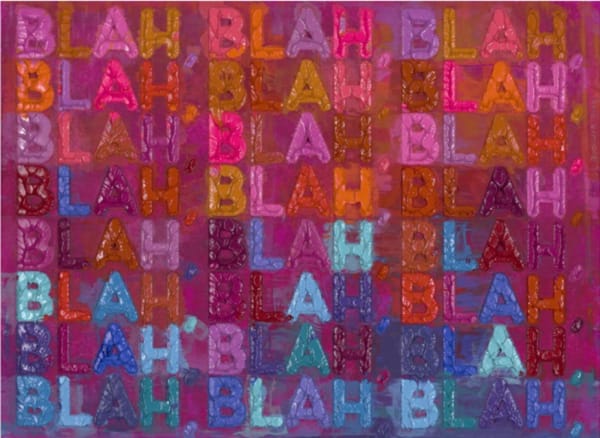Part of the meaning of working with language and measurement—with words and numbers, and things which are readable to most people who speak that language—is that you’re working with ideas, and ideas can be transmitted in many different forms.
Mel Bochner, born on May 24, 1940, in Pittsburgh, Pennsylvania, is a prominent American conceptual artist celebrated for his pivotal role in shaping the conceptual art movement during the 1960s. Bochner's early education at Carnegie Mellon University in Pittsburgh laid the foundation for his artistic exploration. Upon moving to New York, he became immersed in the emerging conceptual and Minimalist art scene. Bochner's notable contributions include his incorporation of language and linguistic elements into his artwork, exemplified by his groundbreaking 1966 exhibition titled "Working Drawings and Other Visible Things on Paper Not Necessarily Meant To Be Viewed As Art." Throughout his career, he has engaged with various mediums, including painting, sculpture, printmaking, and installations. His works are characterized by vibrant colors, geometric shapes, and meticulous attention to detail. Bochner's exploration of language and its visual representation remains a central theme in his art. Recognized internationally, he has received numerous awards and honors for his contributions to contemporary art. Beyond his artistic endeavors, Bochner has played a significant role as a teacher and writer, contributing to critical discussions on art. His impact on the conceptual art movement is evident in major museum collections and international exhibitions, solidifying his position as a key figure in the history of contemporary art.






